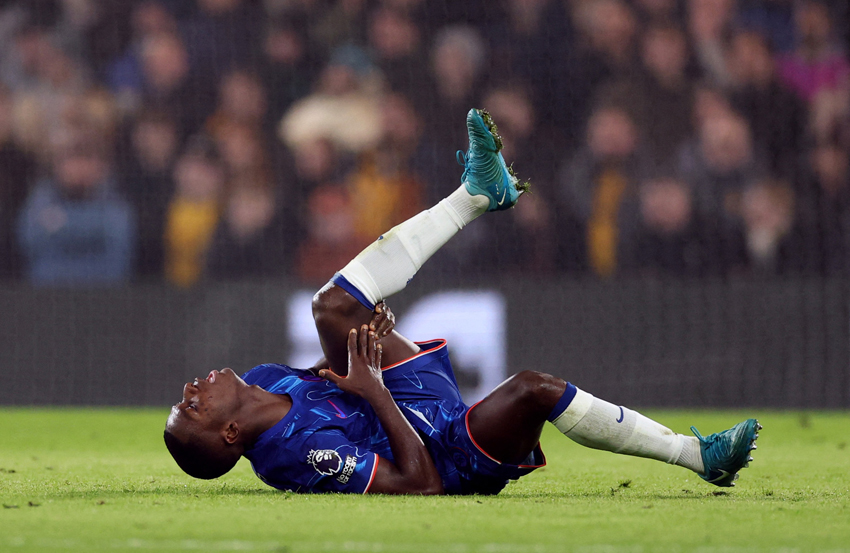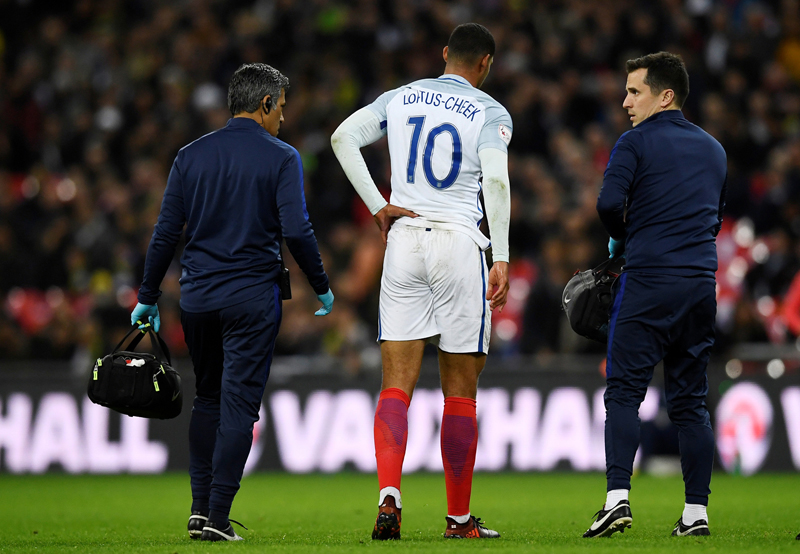Achilles heel: your running technique is affected by the condition of your Achilles tendon
Having a short Achilles tendon increases the risk of injury
Having a short Achilles tendon may be an athlete’s Achilles heel. Clever runners are always trying to improve their running economy (the rate at which oxygen is used to run at a particular pace) because better economy (lower oxygen consumption) almost always translates into better race times and lower perceptions of effort during quality running!
Runners who do a lot of work on hills and carry out frequent race-speed intervals have better economy than runners who train differently, but researchers at the Laboratory for Functional Anatomy and Biomechanics at the University of Copenhagen in Denmark have recently identified two key anatomical factors which can also account for differences in economy. These factors are Achilles-tendon length and Achilles-tendon width. Basically, the longer and slimmer the Achilles tendon, say the Danes, the more economical is the athlete. The Danes had previously noticed that economy can be nearly doubled in humans just by improving the ‘elastic energy return’ of the tendons in the legs. To understand elastic energy return, think about what happens to the Achilles tendons during running. As one of your feet swings forward prior to footstrike, the Achilles tendon attached to that foot is stretched out greatly. As your foot hits the ground and you roll forward over the ball of your foot just before toe-off, your stretched Achilles tendon ‘recoils’ (shortens) just as an extended rubber band snaps back when it is released.This recoil of your Achilles tendon is good, because it pulls up on your heel and helps you pitch forward on to your toes for toe-off. Best of all, it doesn’t cost you anything in terms of energy or oxygen. The energy comes from ‘stored energy’ put into the Achilles tendon when it was stretched. In other words, your poor abused calf muscles don’t have to use up glycogen or gobble up oxygen in order to get you into a more powerful toe-off position. That makes you more economical! Because your Achilles tendons are good at ‘returning’ energy, you’re a better, more efficient athlete. It follows that if your Achilles tendons get even better at returning energy, your economy should improve and your race times should slim down, too. But what separates great Achilles tendons from mediocre ones? To find out, the Danes studied a group of young athletes and found that if an athlete has Achilles tendons that are about 10% shorter than average, mechanical efficiency (economy) is hurt by about 6%. On the other hand, if the Achilles tendons are 10% longer than average, economy is enhanced by 8%. Why should this be true? Longer Achilles tendons can be stretched to a greater extent than short ones. The greater the length of a stretched tendon, the greater the force it can apply when it snaps back. The greater the force, the lower the reliance on glycogen and oxygen and the better the economy.
The Danish researchers also noted that thick Achilles tendons were bad for economy, although the effects weren’t quite as pronounced: thickening the Achilles tendons by 10% harmed economy by about 4%, for example, while thinning the strange things assisted economy by 3%! So the lesson for runners and other athletes is clear: stretch out those Achilles tendons! The more elastic they become, the more powerfully you will run. And the way to extend them is to run on hills, train on dirt trails, stride on soft ground in bare feet, and stretch them carefully but thoroughly after your workouts are over, when your Achilles tendons are warm and pliable.
(‘Influence of Achilles Tendon Variables on Mechanical Efficiency’, paper presented at the Second Symposium of the International Society of Biomechanics Working Group on Functional Footwear, June 28-30, 1995, Cologne, Germany.)
You need to be logged in to continue reading.
Please register for limited access or take a 30-day risk-free trial of Sports Performance Bulletin to experience the full benefits of a subscription. TAKE A RISK-FREE TRIAL
TAKE A RISK-FREE TRIAL
Newsletter Sign Up
Testimonials
Dr. Alexandra Fandetti-Robin, Back & Body Chiropractic
Elspeth Cowell MSCh DpodM SRCh HCPC reg
William Hunter, Nuffield Health
Newsletter Sign Up
Coaches Testimonials
Dr. Alexandra Fandetti-Robin, Back & Body Chiropractic
Elspeth Cowell MSCh DpodM SRCh HCPC reg
William Hunter, Nuffield Health
Keep up with latest sports science research and apply it to maximize performance
Today you have the chance to join a group of athletes, and sports coaches/trainers who all have something special in common...
They use the latest research to improve performance for themselves and their clients - both athletes and sports teams - with help from global specialists in the fields of sports science, sports medicine and sports psychology.
They do this by reading Sports Performance Bulletin, an easy-to-digest but serious-minded journal dedicated to high performance sports. SPB offers a wealth of information and insight into the latest research, in an easily-accessible and understood format, along with a wealth of practical recommendations.
*includes 3 coaching manuals
Get Inspired
All the latest techniques and approaches
Sports Performance Bulletin helps dedicated endurance athletes improve their performance. Sense-checking the latest sports science research, and sourcing evidence and case studies to support findings, Sports Performance Bulletin turns proven insights into easily digestible practical advice. Supporting athletes, coaches and professionals who wish to ensure their guidance and programmes are kept right up to date and based on credible science.









